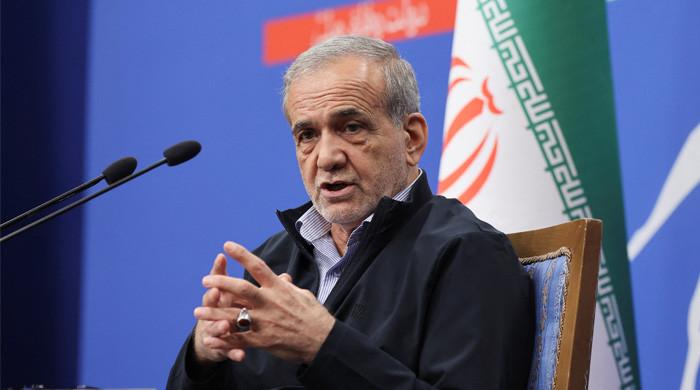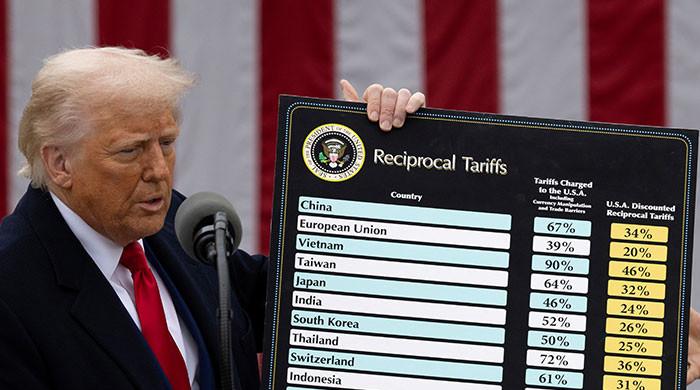North Korea missile movements fuel tensions
SEOUL: North Korea has moved a second mid-range missile to its east coast and loaded both on mobile launchers, a report said Friday, fuelling fears of an imminent firing that will further ramp up...
April 05, 2013
Yonhap news agency, citing a top South Korean government official, said two intermediate Musudan missiles had been transported by train earlier in the week and "loaded on vehicles equipped with launch pads".
The Defence Ministry, which on Thursday had confirmed the movement of one missile with "considerable range", declined to comment on the new report.
But a Navy official told Yonhap that two South Korean Aegis destroyers with advance radar systems had been deployed -- one off the east coast and one off the west coast to track any missile launch.
"If the North fires off a missile, we will trace its trajectory," the official said.
North Korea, incensed at fresh UN sanctions and South Korea-US military drills, has issued a series of apocalyptic threats of nuclear war in recent weeks.
White House spokesman Jay Carney said Thursday the barrage of rhetoric fitted a "regrettable but familiar" pattern of North Korean behaviour.
"We're taking all the necessary precautions," Carney said, citing "prudent measures" to respond to the possible missile threat.
The Musudan has never been tested, but is believed to have a range of around 3,000 kilometres (1,860 miles), which could theoretically be pushed to 4,000 with a light payload.
That would cover any target in South Korea and Japan, and possibly even reach US military bases located on the Pacific island of Guam.
The senior government official told Yonhap that the mobile launchers had since been hidden in special underground facilities.
"The North is apparently intent on firing the missiles without prior warning," the official said.
The Pentagon has said it will send missile-interceptor batteries to protect its bases on Guam, a US territory some 3,380 kilometres (2,100 miles) southeast of North Korea and home to 6,000 American military personnel.
Most experts think the North is not yet capable of mounting a nuclear device on a ballistic missile which could strike US bases or territory.











